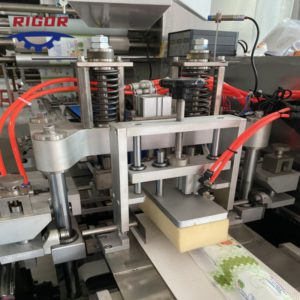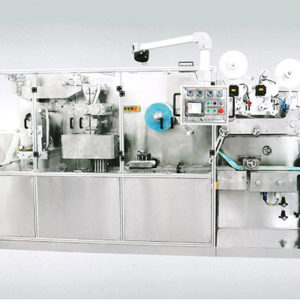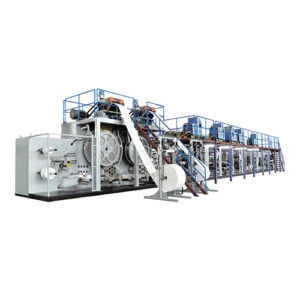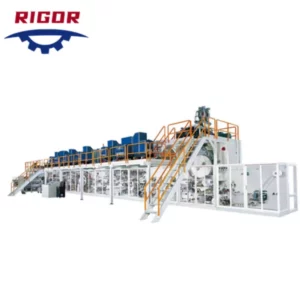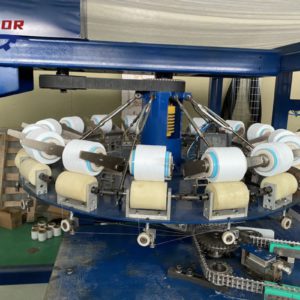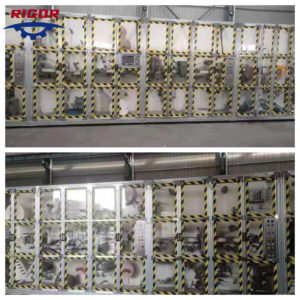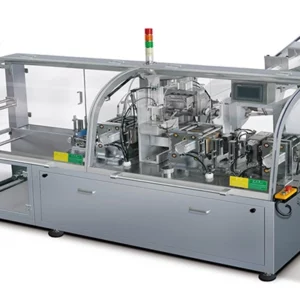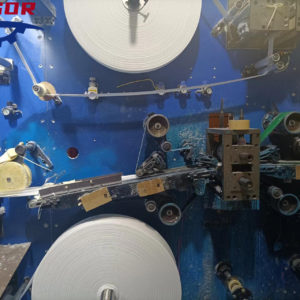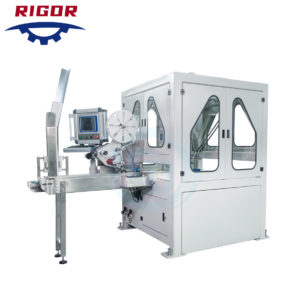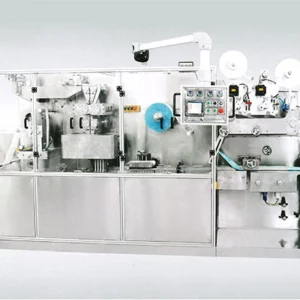The huge potential development market of sanitary napkins is self-evident. First, because the number of women of suitable age for female sanitary products extends to both ends, and the user group expands. Second, because of the popularization of women’s private health knowledge, women change sanitary napkins more often in a day. The increase in frequency has also led to an increase in the demand for female sanitary products. According to relevant surveys, in the past ten years, the growth rate of the sanitary napkin market has been increasing every year. The most important thing is that sanitary napkins are a necessity, and women need to replace sanitary napkins. The frequency of sanitary napkins is about 4 to 6 times per day. Even if there is a recession or problems in the economic cycle, the demand for sanitary napkins will continue to benefit manufacturers and related industries. This shows that the consumption of sanitary napkins is huge. of. Relevant experts expect the global feminine sanitary napkins market to grow at a considerable rate during the forecast period from 2023 to 2030. The market will grow at a steady pace through 2022 and with increasing adoption of strategies by major players, the market growth is expected to rise above the projected horizon.
So next step, let us discuss the key factors for profitability in the sanitary napkin market.
Sanitary napkins are a must-have product for women of all ages around the world. In terms of reach, sanitary napkin manufacturers have been able to expand their market reach by employing various marketing strategies.
First, you must understand the entire market, identify your market, and find out the types of products that your audience likes. Don’t underestimate sanitary napkins. In fact, there are many types of sanitary napkins. The most popular types of sanitary napkins on the market include quick and easy sanitary napkins, tampon sanitary napkins, straight sanitary napkins, panty liners, menstrual pants, etc.

Different types of sanitary napkins require different types of production machines. So choosing the right sanitary napkin production machine is also an important factor that you should pay attention to when starting a successful business. In order to better produce sanitary napkins, you must choose the right machines to set up a good production facility. As your business grows with quality sanitary napkins, it will attract more and more customers, generating recurring orders. You have to ensure you have repeat customers by focusing on your sales and marketing strategies.
But when choosing a machine, we need to pay attention to the following factors:
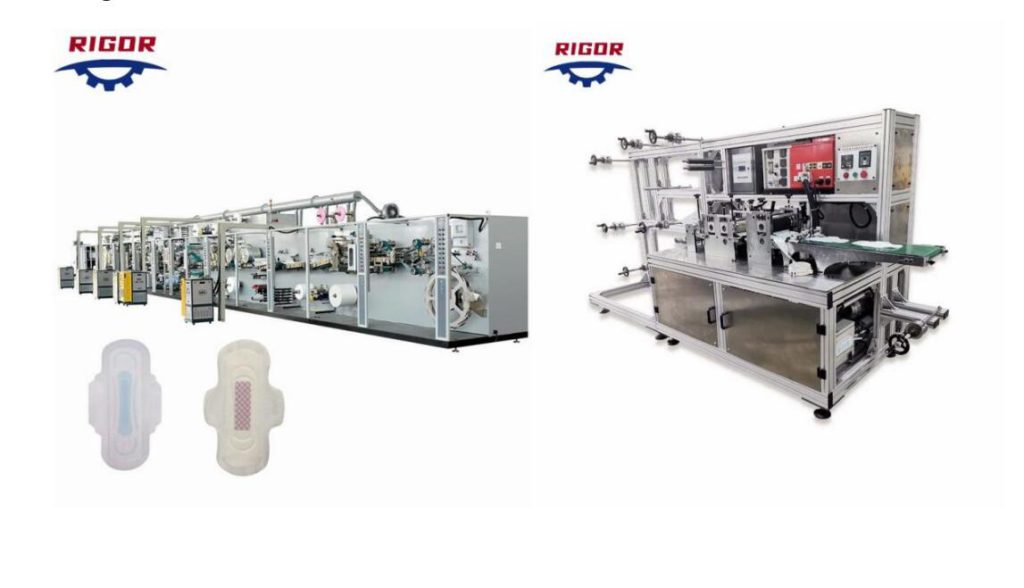

First, the production capacity and scale of the machine should be considered from two aspects: your income target and business scope. If the income target is high and the sales volume is large, then you should choose a machine with high production capacity and fast speed. On the contrary, choose a small-scale, low-speed machine.
Second, whether the machine is automated or not. The benefits of automation include increased efficiency and productivity, reduced labor costs, improved and consistent product quality, and improved safety. Automation can also help improve working conditions by reducing noise levels, eliminating hazardous or repetitive tasks, and providing a more controlled environment. All these factors contribute to the economic cost of production.
Third, product waste rate (i.e. product qualification rate): The production speed of a sanitary napkin machine is determined by several factors, including the type of machine, the number of workers required to operate the machine, and the efficiency of the production process.
Fourth, overall equipment and efficiency: Many factors affect equipment efficiency, such as the design of the equipment, the quality of the components, how the equipment is operated, and maintenance schedules.
Fifth, whether the machine can be customized, each customer’s needs are different. If the machine can be customized, the manufacturer can provide its customers with a wider range of choices.
Sixth, the longevity of the machine: it refers to the longevity of an individual’s life. The machine should have a good longevity as it should have the ability to last for a long time. The longer a machine lasts, the greater its reputation as a reliable machine and the higher its performance. Reliability and durability should therefore be prioritized during design. To this end, machines should be designed for minimal maintenance requirements and long service life.
Seventh, is the structure of the machine compact: The working space is expensive and limited. As rent increases, space savings should become an important factor in machine selection. The machine should have compact dimensions and all the factors that make the machine work better in a limited space and consume less energy. It is easy to operate when the machine is small.
Eighth, working principle and adopted technology: The machine is easy to operate, the operator’s fatigue level is low, and the required effect is good. Operators can be effectively trained at less cost. Machines should be designed to facilitate production work. Design, technology and principles should be related to the size, height and functionality of the machine. It should be attractive. Maintenance of standardized machines also becomes easier. Careful consideration should be given to design and standardization when selecting a machine.
Ninth, services provided by the manufacturer and its warranty:
Quick repairs and proper maintenance are critical to the continued performance of your machine. Service facilities are important.
In the end, safety is paramount. While the technician/operator is running the machine, there should not be any malfunction that could lead to an emergency. The safety modules and emergency braking features in the machine manual are good to have.
In addition to the machine factor, there is also the production cost. Production costs should include material costs, labor costs, and any marketing and promotional costs required to sell the product. Once these factors are taken into account, unit economics should be calculated to provide a target cost per unit of sanitary napkin. This target cost should be compared to production costs and price mark-ups to determine whether the product is being sold profitably. If target costs are lower than production costs, companies should consider adjusting pricing or production processes to maintain profit margins. For any business selling sanitary napkins, having a sound unit economics plan is crucial. This will ensure that the company can generate profits while delivering products that meet customer needs. Therefore, from the above information we can conclude that sanitary napkin manufacturing can be a profitable business if you plan your business accordingly from day one and maintain the scale of production as per the cost.
If someone wanna invest in the sanitary napkin business, mostly welcome to ask more details from us! We are very glad to provide you with a one-stop service from machine selection to production costs!
